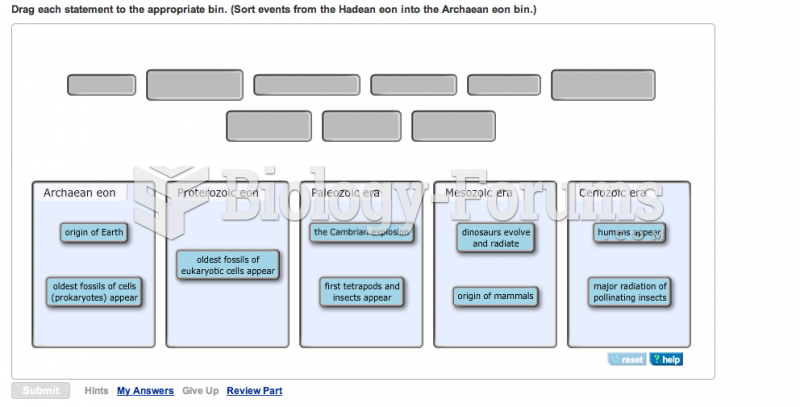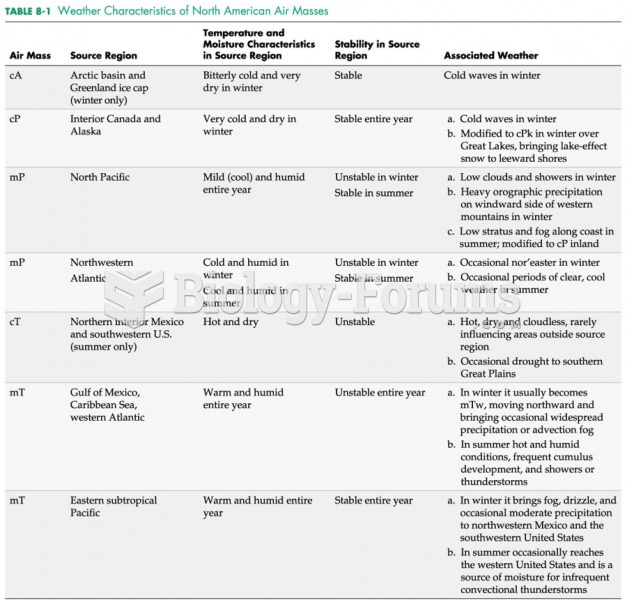Answer to Question 1
Correct Answer: 2
Rationale 1: This is racist and implies that a Caucasian nurse cannot understand the dietary needs of an African American client.
Rationale 2: Every culture has culture-specific diets; the nurse must include the person in the family who prepares meals if a different diet is to be successful.
Rationale 3: Providing printouts can be helpful, but the nurse must work more closely with the client to make adjustments in the diet.
Rationale 4: At this point, a consult by dietary services is premature.
Global Rationale: Every culture has culture-specific diets; the nurse must include the person in the family who prepares meals if a different diet is to be successful. Asking an African-American nurse to speak to the client implies that a Caucasian nurse cannot understand the dietary needs of an African American client. Providing printouts can be helpful, but the nurse must work more closely with the client to make adjustments in the diet. At this point, a consult by dietary services is premature.
Answer to Question 2
Correct Answer: 4
Rationale 1: Research demonstrates a biologic basis for variations or differences in metabolism response to agents among various ethnic groups.
Rationale 2: Drugs are metabolized differently by various ethnic groups.
Rationale 3: Asians respond differently to antidepressants, antidysrhythmics, and opioids.
Rationale 4: Opioids are also metabolized differently by clients of Asian descent. The nurse must understand how the drug is metabolized to ensure that the correct dose is being given.
Global Rationale: Opioids are also metabolized differently by clients of Asian descent. The nurse must understand how the drug is metabolized to ensure that the correct dose is being given. Research demonstrates a biologic basis for variations or differences in metabolism response to agents among various ethnic groups. Drugs are metabolized differently by various ethnic groups. Asians respond differently to antidepressants, antidysrhythmics, and opioids.






